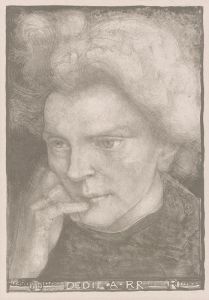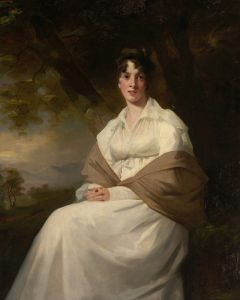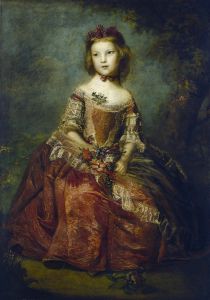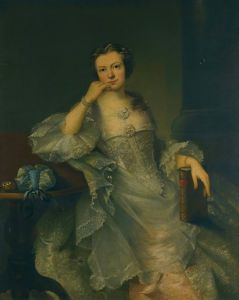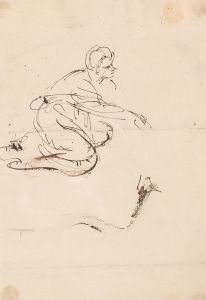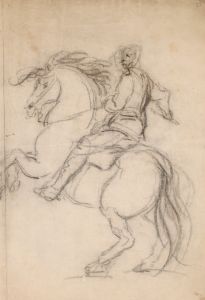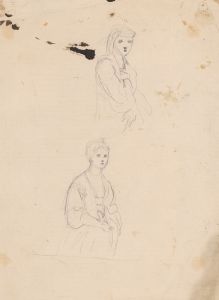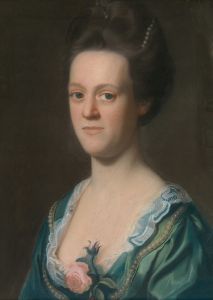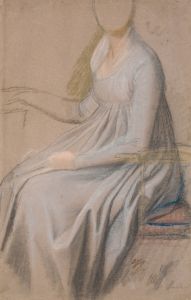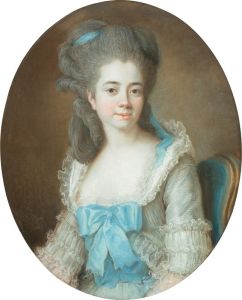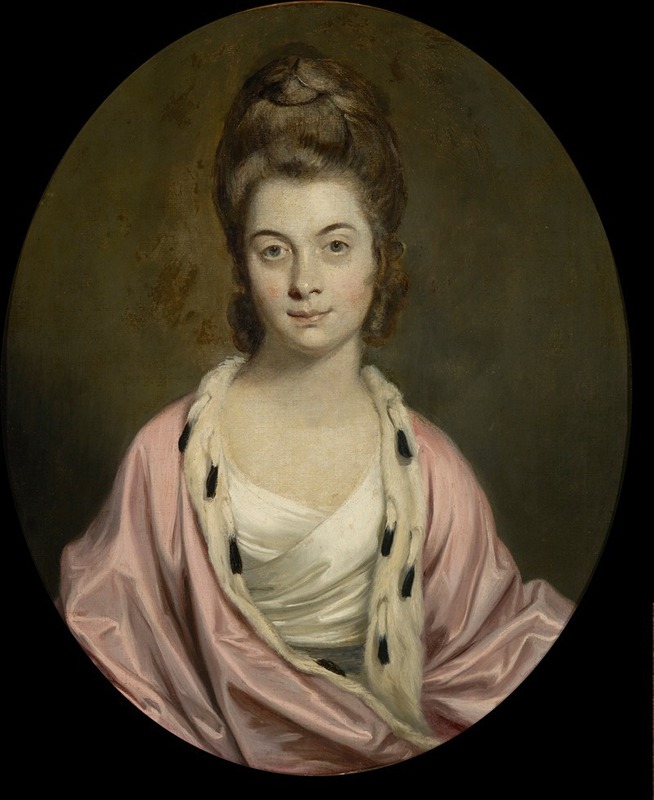
Portrait of Mrs. Thomas Watkinson Payler
A hand-painted replica of Sir Joshua Reynolds’s masterpiece Portrait of Mrs. Thomas Watkinson Payler, meticulously crafted by professional artists to capture the true essence of the original. Each piece is created with museum-quality canvas and rare mineral pigments, carefully painted by experienced artists with delicate brushstrokes and rich, layered colors to perfectly recreate the texture of the original artwork. Unlike machine-printed reproductions, this hand-painted version brings the painting to life, infused with the artist’s emotions and skill in every stroke. Whether for personal collection or home decoration, it instantly elevates the artistic atmosphere of any space.
Sir Joshua Reynolds, an influential 18th-century English painter, is renowned for his portraits that capture the elegance and character of his subjects. One of his notable works is the "Portrait of Mrs. Thomas Watkinson Payler." This painting exemplifies Reynolds' mastery in portraiture, showcasing his ability to blend realism with the idealized beauty typical of the period.
The subject of the painting, Mrs. Thomas Watkinson Payler, was a member of the British gentry. Her identity is tied to her marriage to Thomas Watkinson Payler, a connection that would have been significant in the social circles of the time. The portrait is believed to have been commissioned to commemorate her status and to serve as a lasting representation of her presence in society.
Reynolds' approach to portraiture was heavily influenced by his study of the Old Masters, particularly the works of artists like Peter Paul Rubens and Rembrandt. He was known for his use of rich colors and his ability to convey the textures of fabrics and skin, which is evident in the "Portrait of Mrs. Thomas Watkinson Payler." The painting likely features Mrs. Payler in an elegant pose, dressed in the fashion of the day, with attention to the details of her attire and the setting, which would have been carefully chosen to reflect her status and personality.
Reynolds often employed a technique known as "Grand Manner" portraiture, which aimed to elevate the subject by incorporating elements of classical art and idealized beauty. This style is characterized by its emphasis on grace, poise, and dignity, all of which are likely present in the portrayal of Mrs. Payler. The background and composition would have been designed to complement the subject, enhancing her presence and the overall impact of the painting.
The "Portrait of Mrs. Thomas Watkinson Payler" is a testament to Reynolds' skill in capturing the essence of his subjects while adhering to the artistic conventions of his time. His portraits were not merely likenesses but were imbued with a sense of the sitter's character and social standing. This ability to convey more than just physical appearance is one reason why Reynolds' works have endured and continue to be celebrated.
Reynolds was a founding member and the first president of the Royal Academy of Arts, and his influence on British art was profound. His portraits, including that of Mrs. Payler, played a significant role in shaping the standards of portraiture in Britain and beyond. The painting would have been part of the cultural milieu of the 18th century, reflecting the tastes and values of the era.
While specific details about the painting's current location or provenance might not be readily available, works by Reynolds are held in numerous prestigious collections worldwide, including the National Gallery in London and the Metropolitan Museum of Art in New York. His paintings are highly valued for their historical significance and artistic merit.
In summary, the "Portrait of Mrs. Thomas Watkinson Payler" by Sir Joshua Reynolds is a fine example of 18th-century British portraiture, showcasing the artist's skill in capturing the elegance and character of his subjects. Through his use of color, composition, and the Grand Manner style, Reynolds created a work that not only represents the likeness of Mrs. Payler but also conveys her social standing and personality, contributing to his enduring legacy in the world of art.





